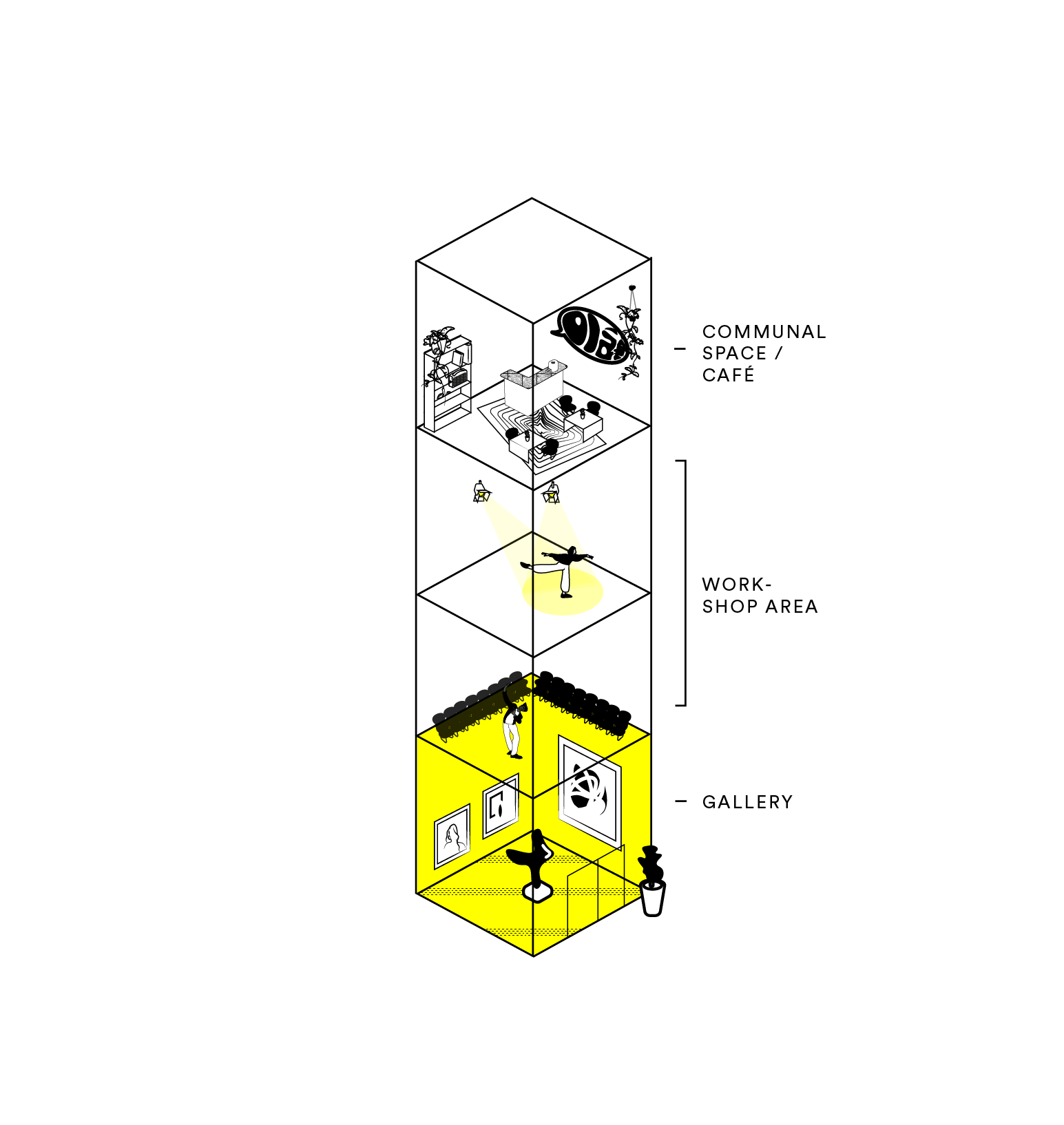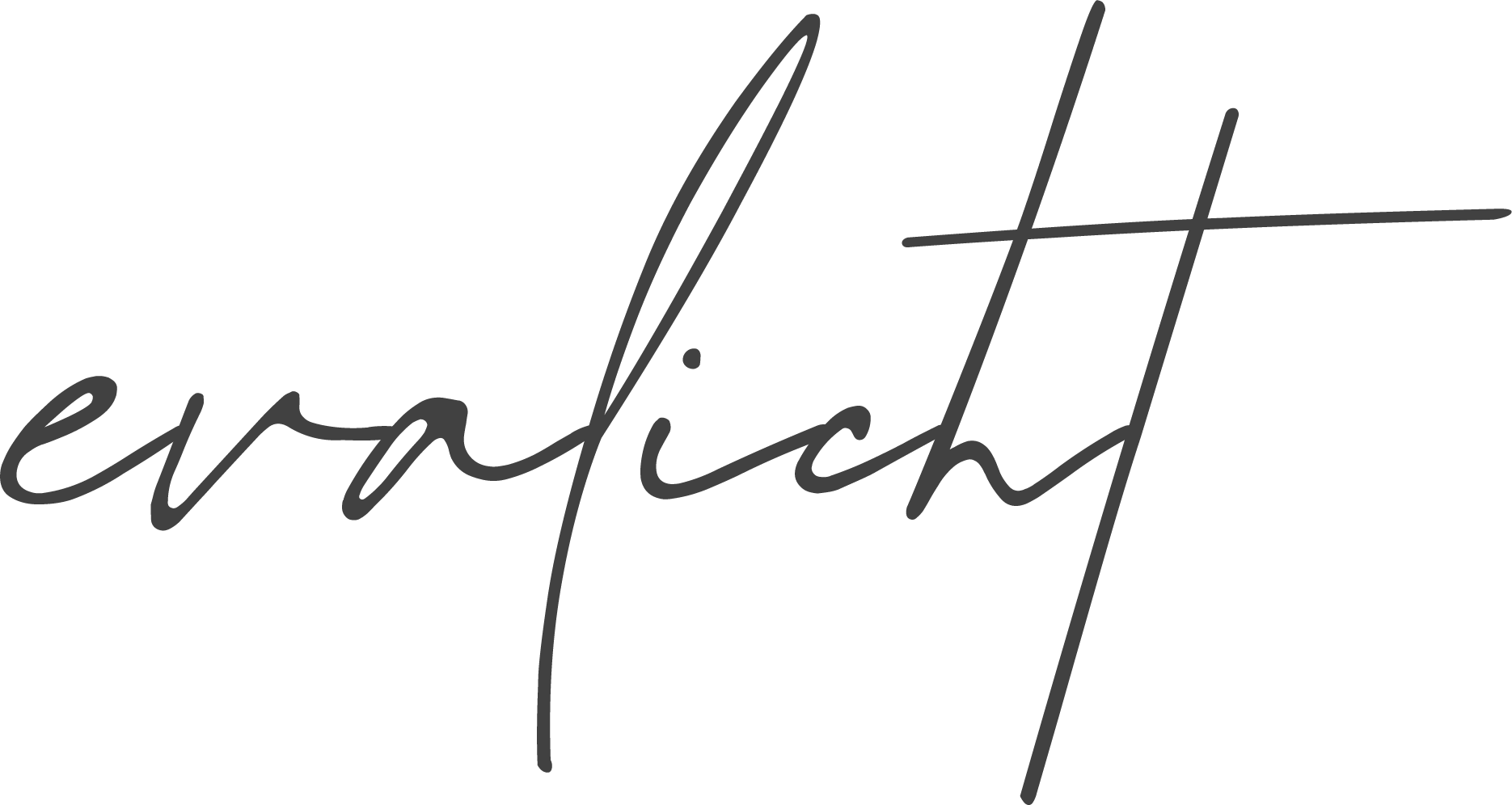



Fábrica de cultura
The boundaries of our cities often reflect social boundaries as well. Can structural change break down the boundaries of demographic, ethnic or social segregation? During my studies in Brazil I took part in the project „Integrated Urban Design“ the urban area of Prado Velho was analyzed in order to break down the barrier of the contiguous areas of the Pontifícia Universidade Católica do Paraná (PUCPR) and the Villa Torres settlement. The project was supervised by Adré Turbay. As part of the project, the „Villa Torres“ area was analyzed with regard to weak points in the infrastructure. It became clear that the area was extremely vacant, that there were no shopping facilities and that there were clear demarcations between social classes. In interdisciplinary cooperation with a social worker and an architect, a concept was developed for the conversion of the vacant lot into a protected meeting space for the citizens of Prado Velho.Independent of social strata, art as an opportunity for development and expression offers a thematically neutral area that invites interaction and participation. Dance, painting and theater are taught and learned in the „Fàbrica de cultura“ (Culture Factory). The premises are diverse and offer space for rehearsals, exchanges and also exhibitions – which also involves those citizens who do not actively participate.

